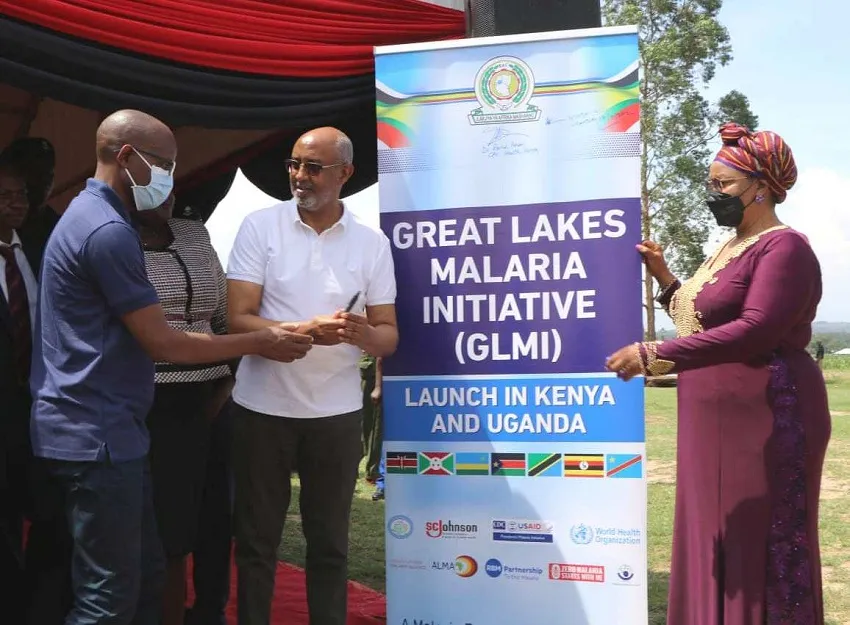No company, NGO or government body alone can solve the many healthcare challenges facing communities around the world. But working together, I’m convinced they can develop the solutions needed to improve healthcare access and help lay the path to achieving universal health coverage (UHC) by 2030.
That’s why I’m excited about the Partnership for Primary Care Philips joined last year, together with Makueni County government, Amref Health Africa and the Dutch development bank FMO. The program, which kicked off in July 2018 with a one-year feasibility study in Makueni County, aims to strengthen primary care by building a financially sustainable model that improves access to high-quality care. The World Health Organization and others stress the critical role primary care must play in order to achieve UHC, so I’m eager to see the results of the study.
In simple terms, Makueni County is responsible for policy, provision of healthcare professionals and drugs and supplies, Amref is taking the lead in training health workers and managing facilities, FMO is providing catalytic financing and financing expertise, while Philips is providing health system infrastructure and medical equipment.
But we didn’t just jump into the partnership on a whim. Philips and Amref have been working together for six years. The trust we’ve built up over that time has set the foundation for this partnership. Dr. Githinji Gitahi, CEO of Amref Health Africa and co-chair of UHC2030, has played a central role in building that foundation. With the feasibility study well underway, and World Health Day on April 7, I took the opportunity to get his take on the Partnership for Primary Care.


 It sounds straightforward and yet the shortage of trained staff is a reality for many communities. Let me ask you about the Partnership for Primary Care. Why do you think it has so much potential?
It sounds straightforward and yet the shortage of trained staff is a reality for many communities. Let me ask you about the Partnership for Primary Care. Why do you think it has so much potential?






Comments